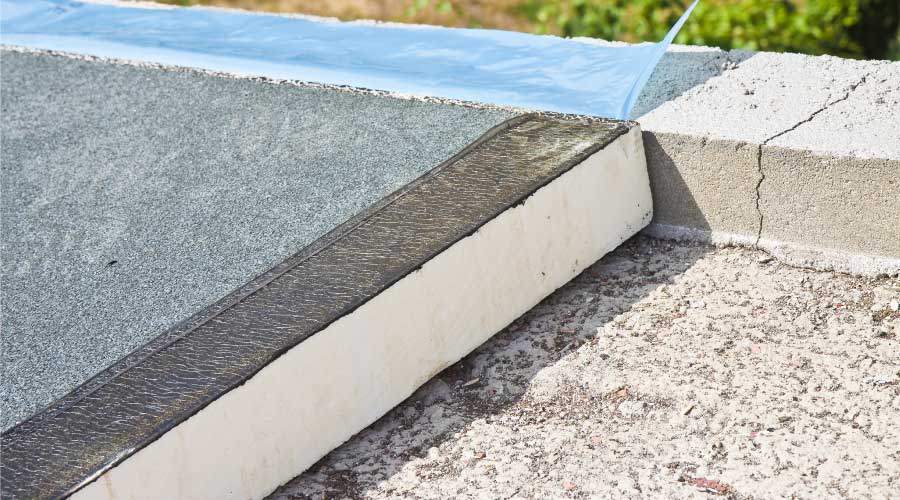Upgrades and the Role of Utility Incentives
By understanding upgrade opportunities and available incentives, managers can deliver bottom-line benefits
Maintenance and engineering managers and design teams often struggle to fund green building systems, despite favorable returns on investment. These investments save resources for institutional and commercial facilities, but budgets are tight, and teams are challenged by up-front costs. As a result, financially viable solutions are value-engineered out of a project.
But as the green building market has matured, a suite of effective financing tools has emerged that can reduce capital costs of energy efficiency and renewable-energy projects. Some tools can be structured to help pay for future projects. By understanding the incentives available from utilities and the data needed to secure them, managers can match resources to common systems that are targets for upgrades.
Understanding requirements
Several utility incentive programs for system upgrades require the applicant to involve the utility during early design stages so the utility can demonstrate influence on a project’s energy efficiency. One common condition for retrofit energy-efficiency incentives requires the customer to begin work only after the utility or a third party has reviewed the proposed project, established a baseline for the existing building, and granted an approval letter for the proposed incentives.
This process can take from a few weeks to several months. Applying as early as possible and understanding the requirements can ensure that managers do not miss opportunities.
After approval, utilities often put a deadline on projects due to their own funding constraints. If an approved project is held up too long, managers might risk funding or need to reapply. They also might be required to enroll in a program and pay a small fee to be eligible for incentives. For many projects, this relatively small cost of energy efficiency riders is worth it, given the value of incentives.
Utilities also might have varying requirements for measuring and verifying the results of a retrofit project, both for baselining — pre-project — and proving energy savings — post-project. A few months of pre-project data might be required, which could mean installing temporary data loggers. Early investigation can help managers assess the effort required for verification compared to the potential incentives. Sometimes, these requirements are not clear until after applications are submitted because utility reviewers need some knowledge about the project so they can customize a measurement and verification plan.
Incentive applications often require utility account numbers, use data, peak demand, invoices and manufacturer specifications, savings calculations, and other information. Incentive calculation criteria usually includes annual kilowatt hours (kWh), therms and peak kW savings, as well as simple payback low and high limits. Maintaining clear communications about applications will help set expectations across the project team.
Types of incentives
Prescriptive rebates require the completion of a standard form for efficient equipment upgrades. They offer a set dollar amount per lamp fixture, for example, although that amount might change as new technologies appear. Applications for prescriptive incentives often need to be submitted with itemized invoices within a certain period after installation. Because prescriptive incentives are based on the quantity installed, they typically do not require the calculations, pre-approval, measurement and verification required for custom incentives.
Custom incentives are systems-based and require energy modeling or custom analysis. The amount received depends on energy savings and can vary as a result. Custom incentives require pre-approval with signed incentive agreements, and completion notices. These programs also might offer persistence bonuses if continued energy savings are measured.
For new construction, design assistance incentive programs encourage whole-building efficiency opportunities early in design. Some programs help customers set performance targets and offer performance-based incentives by comparing energy savings to codes or standard practice. Building commissioning and automation incentives also might be available.
Retrocommissioning incentives target system and equipment optimizations. These programs usually begin with an energy audit and assessment of identified measures to pursue. The incentives often cover a percentage of the investigation phase, and then a dollar per square foot savings amount.
Demand-response and load-management programs offer incentives for demand reduction during periods of peak energy use. Strategies for peak load shedding provide ways to significantly reduce utility bills. For rate structures that have high peak-demand charges, managers can use a variety of strategies to reduce these charges while saving on energy use. They range from simple controls upgrades and setback room temperatures to investment-grade projects, including thermal energy storage. Understanding rate structures and changes can help managers ways to justify potential savings programs in new ways.
Related Topics:














